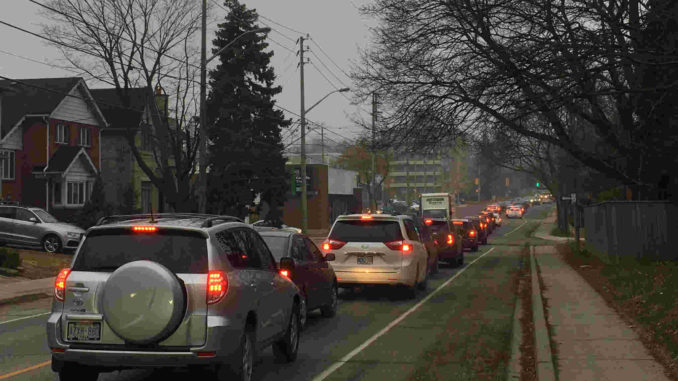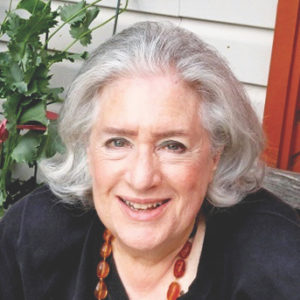
When the Leaside Residents Association recently learned that Eric Chan, manager of the Leaside Neighbourhood Transportation Plan (NTP) since early 2019, had left the City of Toronto and moved to a job in Oakville, I immediately contacted Councillor Jaye Robinson to ask what this might mean for the future of neighbourhood traffic control in Leaside.
You will recall that long before the NTP process began there were years of local meetings and consultations, involving Leaside residents and the LRA’s professional traffic engineer, to define traffic trouble spots and, just as important, propose solutions. Is it any wonder that Leasiders have been wondering if a neighbourhood traffic plan would ever happen.
I am assured by Councillor Robinson and her staff that a new manager for our district has been appointed, and we can hope for more information and activity after the October municipal election on next steps. Perhaps there will even be a timeline? Councillor Robinson’s column in this edition of Leaside Life provides more detail. I urge you to read it, and to support action and results achievable in the near, not just the indefinite, future.
TTC’s Annual Service Plan (ASP)
I represent the LRA at TTC stakeholder meetings, discussing the TTC’s Annual Service Plan (ASP). These meetings are an opportunity to play a role in shaping and setting priorities and goals. They also provide a holistic view of the TTC, helping to build policies affecting diverse communities across the city.
Transit ridership is increasing, although it’s not (yet) at pre-pandemic levels. System-wide ridership is at 57% of what it was, although bus ridership is at 75% and expected to rise once secondary schools reopen in the fall, and more workers return to their offices full-time or in a hybrid model.
Buses are still the backbone of Toronto’s transit system, more flexible and less costly than LRTs or subways. Their routes can be redesigned and amended as situations and transit needs change. Looking at the ridership pattern maps, I find it interesting, though not too surprising, that wealthier parts of the city use transit less. This has repercussions.
Statistically, Leaside is one of the neighbourhoods where a high proportion of travel is by car (or bicycle), not the TTC. Aside from causing traffic gridlock, this trend, if it continues, might encourage transit planners to redirect bus routes to other areas, away from communities like Leaside which don’t “need them” as much, meaning less TTC service (fewer buses, with longer waits in between). This is an important situation to monitor as we move forward.
Join us!
The Leaside Residents Association hopes you are all enjoying good health and the many benefits of summertime. Our monthly board meetings continue via Zoom, as it is not clear that local facilities are available or that Leasiders are sufficiently at ease with attending in person. Yet! In the meanwhile, we do invite you to attend and participate, raise questions, share your concerns and opinions. All you have to do is tell us, and we’ll send you the connection details. Our next board meeting is on Wed., August 3rd at 7:30 p.m. We really do want to hear from you. Contact us at www.leasideresidents.ca.


